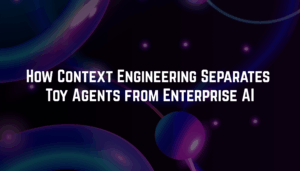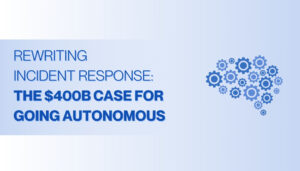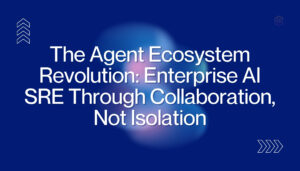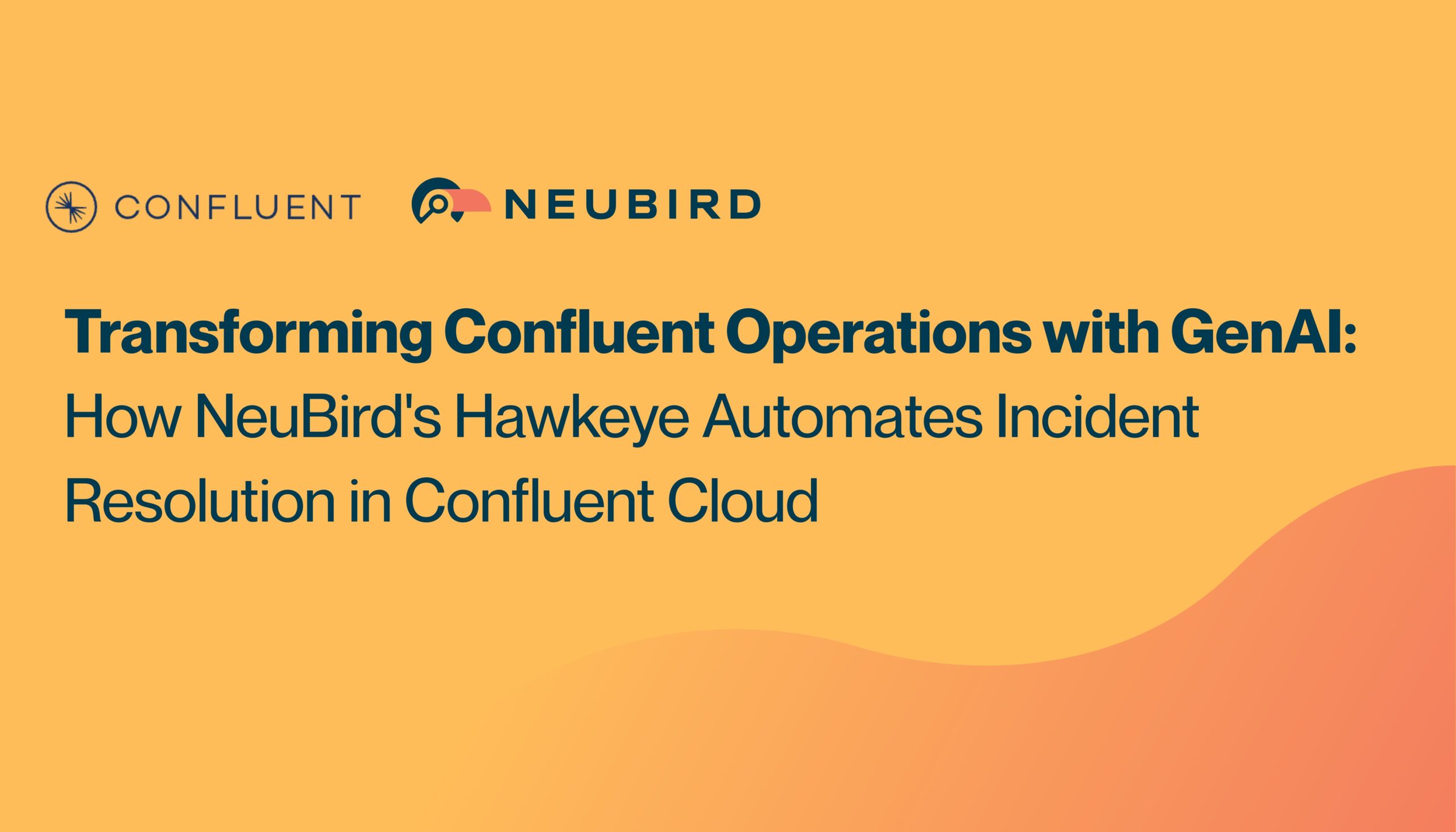SREcon 2025 Battle Stories: Dashboards, Alerts, and the Quest for Sanity in ITOps
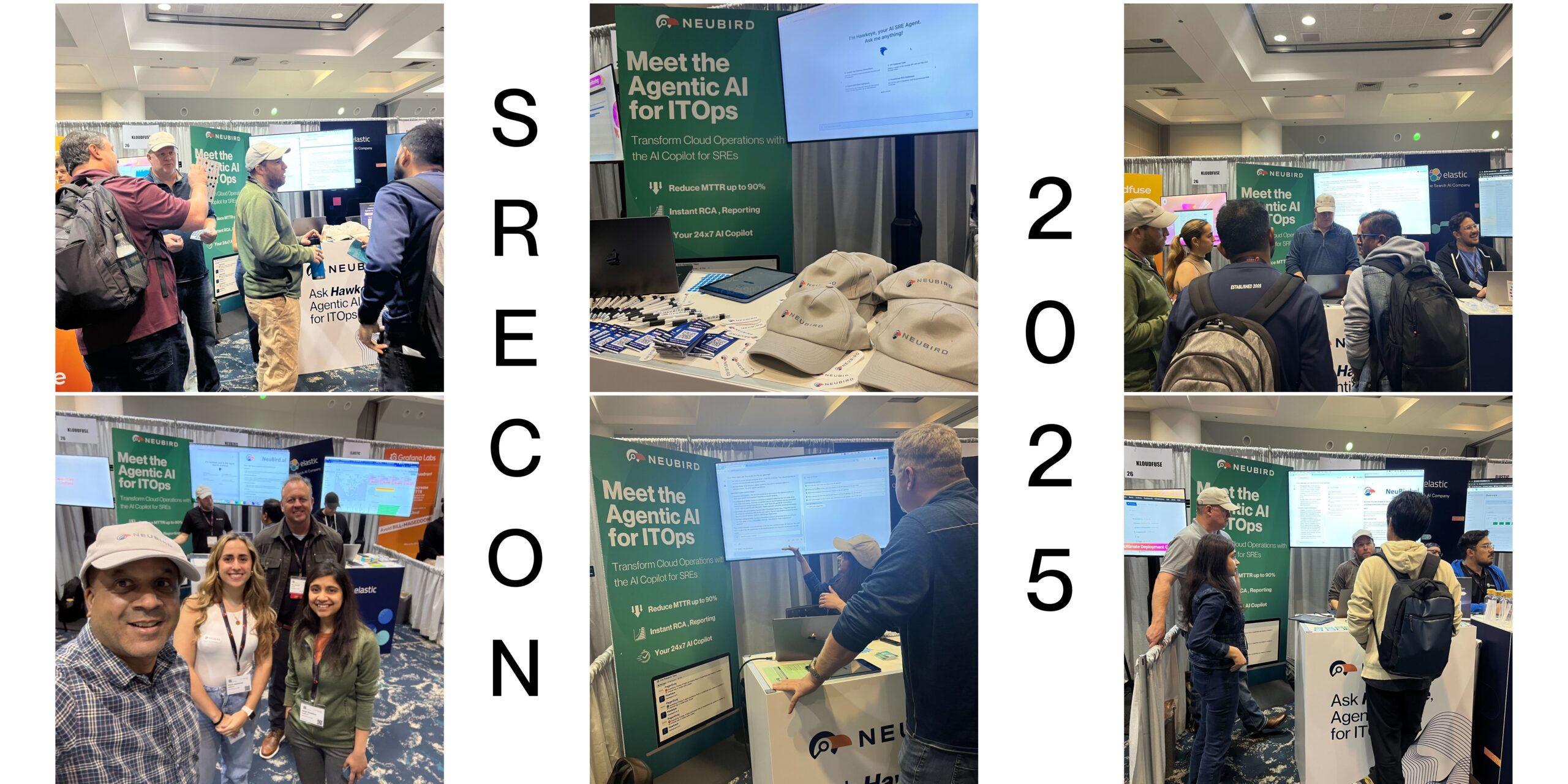
After three full days at SREcon25, my mind is buzzing and my feet are tired—but I couldn’t be more energized! I had the privilege of speaking with dozens of SREs and IT leaders about their daily challenges, triumphs, and aspirations for what’s next in site reliability engineering.
What quickly became clear is that while tooling has evolved tremendously, mainly around observability and capturing data, the human element of ITOps—specifically the burden placed on SREs for incident response—remains a critical challenge for organizations of all sizes.
5 Themes That Dominated Our Booth Conversations
1. “We have so much knowledge locked in our SREs’ heads—we need a way to leverage it efficiently.”
This sentiment was echoed consistently across conversations. Companies recognize the immense value their SREs bring, yet watch them spend hours troubleshooting complex issues, pulling them away from strategic initiatives. One IT director from a financial services company put it bluntly: “Our SREs are our most valuable asset, but they’re drowning in alerts and diagnostics instead of designing more resilient systems.”
2. “The constant escalations are affecting our work-life balance and team morale.”
A senior SRE from a major e-commerce platform shared how being perpetually on-call has affected her work-life balance. “My team is amazing, but we’re constantly fielding escalations that, frankly, could be solved automatically if we had the right tools analyzing our telemetry data.” This reality has led to burnout and turnover, creating a vicious cycle where institutional knowledge walks out the door.
3. Documentation and RCA reports consume hours that could be spent on more valuable work.
Documentation emerged as a surprising pain point. After spending hours solving an issue, the last thing teams want to do is document every detail for the post-mortem. But without that documentation, organizations miss opportunities to learn and improve. This tedious but crucial step often gets shortchanged in the rush to move on to the next fire.
4. We’re spending more time correlating data across multiple dashboards than solving problems.
The dashboard fatigue was real. Many teams have monitoring for their monitoring systems. But connecting the dots across all these systems still requires a human to manually correlate data from multiple sources. What these teams want isn’t more dashboards—it’s intelligent analysis that delivers answers, not just more data points.
5. “We need round-the-clock expertise, but hiring and retaining specialists is increasingly difficult.”
The talent shortage was a recurring theme. “Finding and retaining SREs with deep expertise across our entire stack is nearly impossible,” said a VP of IT Operations. “We need that expertise available round-the-clock, but scaling our team isn’t financially feasible.”
The AI SRE Teammate: A Paradigm Shift
What made our conversations at SREcon particularly exciting was hearing reactions to Hawkeye—our AI SRE sidekick. When we demonstrated how Hawkeye works alongside SRE teams to diagnose complex issues in minutes, the responses were illuminating:
“That’s so cool!” said a senior SRE after watching Hawkeye analyze a complex diagnostic package in real-time, pinpointing a memory issue in their billing service that was affecting order processing.
“I love those hats! But I love what’s under them even more,” quipped an IT director, referring to both our booth swag and Hawkeye’s capabilities. “The ability to have an AI teammate that can scale our team’s expertise without adding headcount? That’s exactly what we need.”
What Really Matters to Today’s SREs
IT Operations is the New Battleground for Digital Success
As organizations continue their cloud journey, the complexity of managing distributed systems has positioned IT operations as a critical competitive differentiator. Companies that can maintain reliability while innovating rapidly have a clear advantage—but this balancing act is increasingly difficult with traditional approaches.
SREs Deserve Better Tools
The engineers we spoke with weren’t looking to be replaced—they were looking to be empowered. They want tools that understand context, learn from past incidents, and deliver clear, actionable insights rather than just more alerts. As one SRE put it: “I want to spend my expertise on designing resilient systems, not parsing through logs for hours.”
AI is Ready for Mission-Critical Operations
What struck me most was the shift in perception around AI in ITOps. The skepticism of previous years has given way to genuine excitement about the possibilities of GenAI working alongside human experts. When attendees saw how Hawkeye by NeuBird could diagnose issues across multiple tools and platforms in minutes rather than hours, the light bulbs went on.
Time to Resolution is the Metric that Matters
While organizations track numerous SLAs and metrics, the one that resonated most was Mean Time to Resolution (MTTR). “Every minute of downtime costs us thousands in revenue and erodes customer trust,” explained a DeVops team lead. “If we could reduce our MTTR by even 50%, the impact would be tremendous.”
Read more: We are building the soul of your ITOps team
Reimagining What’s Possible
As we packed up our booth yesterday, I couldn’t help but reflect on the significance of these conversations. The challenges facing SRE and IT operations teams are substantial, but so is the opportunity to transform how these teams work through intelligent automation and AI collaboration.
The future of ITOps isn’t about replacing human expertise—it’s about amplifying it. It’s about creating an environment where SREs can leverage their deep institutional knowledge to build more resilient systems while having an AI sidekick handle the routine investigation and analysis that consumes so much of their time today.
If you’re facing similar challenges in your organization, we’d love to continue the conversation. Let’s explore how Hawkeye can help your team reduce MTTR, scale your operations, and transform your approach to incident management.
Book a demo today and discover what’s possible when AI and human expertise work side by side.
Written by

